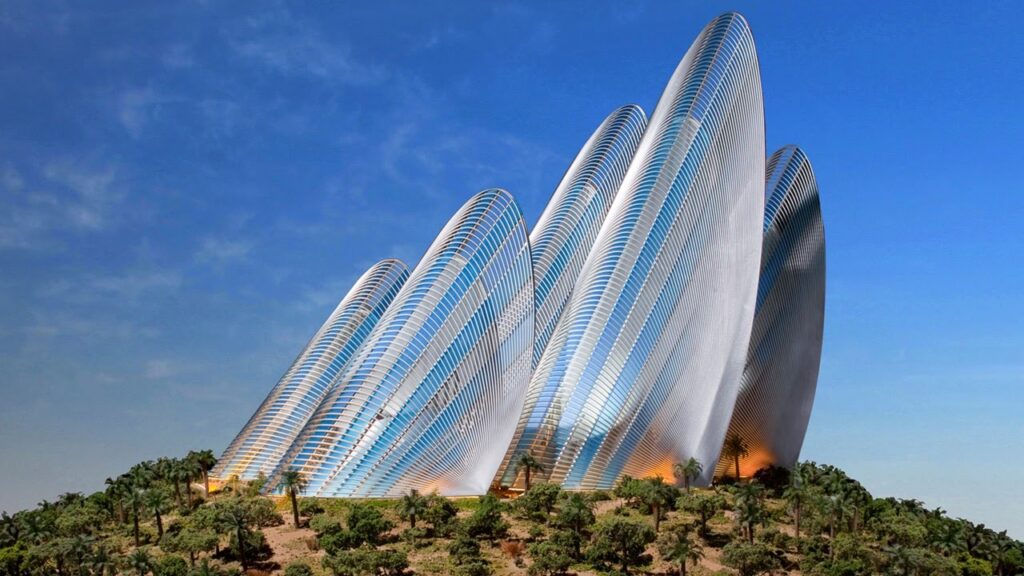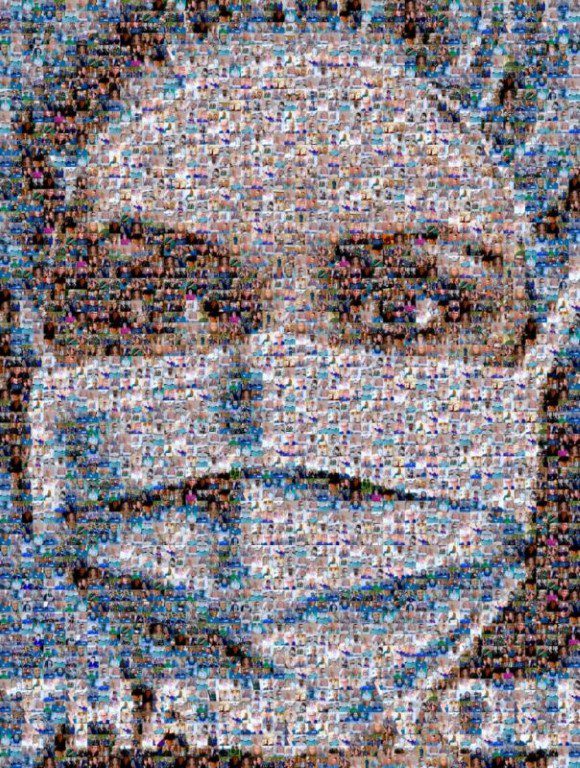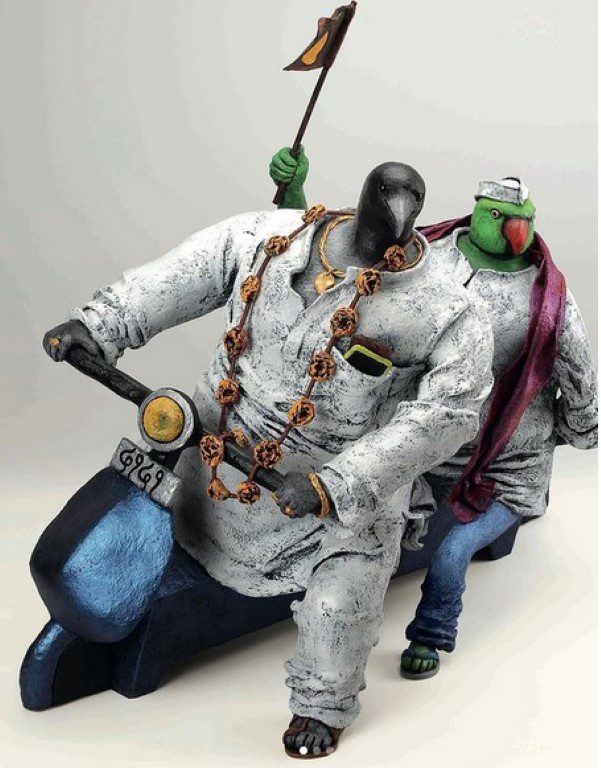In most fields, including architecture, a select cohort of visionaries exist, whose innovative designs redefine spatial aesthetics, challenge conventional norms, and leave an indelible mark on the built environment. Distinguished by their unwavering commitment to pushing the boundaries of creativity and functionality, and the epitome of excellence in their craft, effectively making them the best architects in the world. From the iconic structures that punctuate skylines to the meticulously crafted spaces that enrich human experiences, the work of the best architects in the world transcends mere construction to evoke emotion, provoke thought, and inspire generations. Today, we’ll talk about a few architects, both past and present, who have regularly appeared as the top 10 best architects in the world, across publications and media.
Zaha Hadid
Dame Zaha Mohammad Hadid (1950 – 2016) was an Iraqi-British architect who was influenced by Suprematism and Russian avant-garde to produce numerous buildings of significance. She is often known as the ‘Queen of Curves,’ due to her futuristic buildings which often featured curving facades, sharp angles, and substantial materials such as steel and concrete. Zaha Hadid’s buildings look soft yet robust resulting in eye-catching marvels. Some of her famous architectural works include the ‘London Aquatics Centre’ and the ‘Guangzhao Opera House.’

Le Corbusier
Charles-Édouard Jeanneret or Le Corbusier (1887 – 1965) was a Swiss-French architect, known for planning an entire Indian city – Chandigarh. His architectural style is concise and clean. He believed in open spaces and geometric form, which stands at the junction of functionalism and sculptural expressionism. Some of Le Corbusier’s architectural wonders include the ‘Villa Savoye’ and the ‘Government Museum and Art Gallery’

Frank Gehry
Frank Owen Gehry (1929) is an American architect whose work can be seen as a take on deconstructivism. Seldom does his style seem unfinished and crude, but that is just part of the process. Gehry has achieved international stardom due to his avant-garde buildings, which are often seen as a departure from his earlier modernist influence. Frank Gehry’s famous buildings include the ‘Guggenheim Museum’ and the ‘Dancing House’

Frank Lloyd Wright
Frank Lloyd Wright (1867 – 1959) was an American architect, known for designing more than 1000 buildings in his illustrious 70-year career. He believed in organic architecture, which blends natural and built environments. To him, every element of the design must mesh well with the existing components, giving the building a unified appeal. One way he achieved it was through the extensive use of glass. Using glass was a noble idea as it allowed the occupant to experience the outside and the inside together. Some of Frank Lloyd Wright’s famous buildings include the ‘Taliesen’ and ‘Fallingwater.’
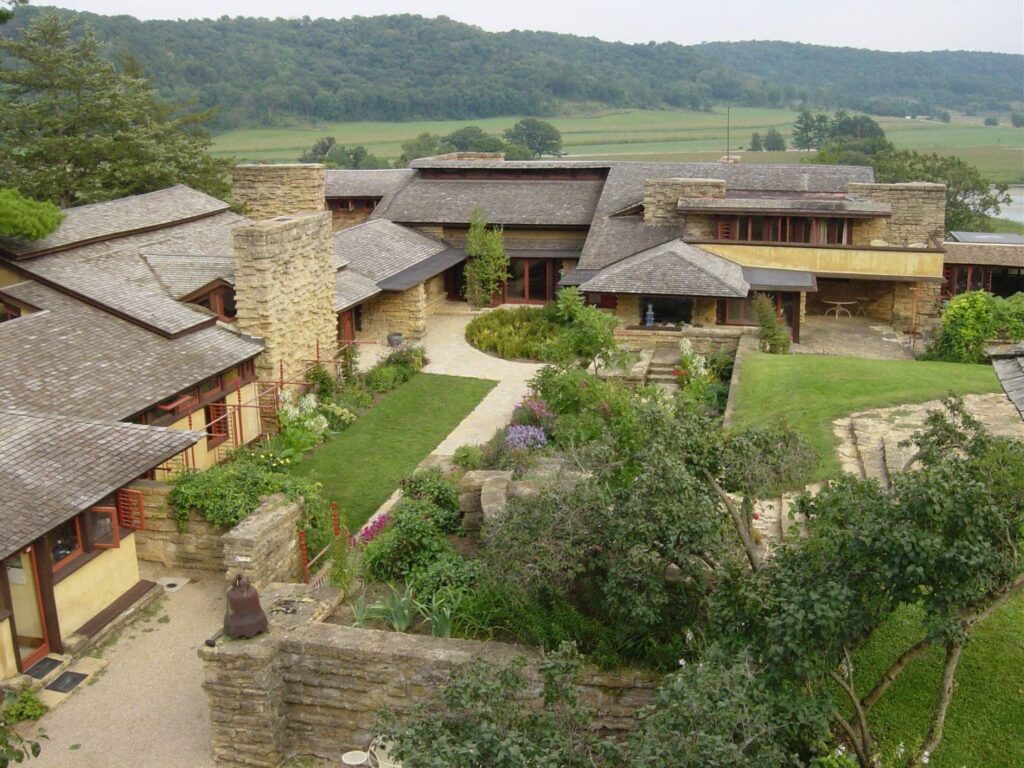
Norman Foster
Norman Robert Foster (1935) is an English architect. In 1967, he founded his firm Foster and Partners. Foster saw architecture, art, design, and technology as interconnected. Hence, most of his buildings share modern aesthetics and technological innovations, promoting sustainability. To him, a building must enhance the wider public skyline and harmonise with the residents. He is credited with exploring unique ways to use steel and glass. Norman Foster is known for designing the ‘Queen Elizabeth II Great Court’ and the ‘Reichstag Building.’

Renzo Piano
Renzo Piano (1937) is an Italian architect and a ‘Senator for Life.’ His architectural style can be seen as an extension of postmodernism, which imparts its high-tech nature. Renzo Piano’s buildings are known for their lightness and transparency, case in point the floating roof of the ‘Beyeler Foundation,’ wherein he used glass to give it an ethereal quality. He has designed the ‘Whitney Museum of American Art’ and the ‘Zentrum Paul Klee.’
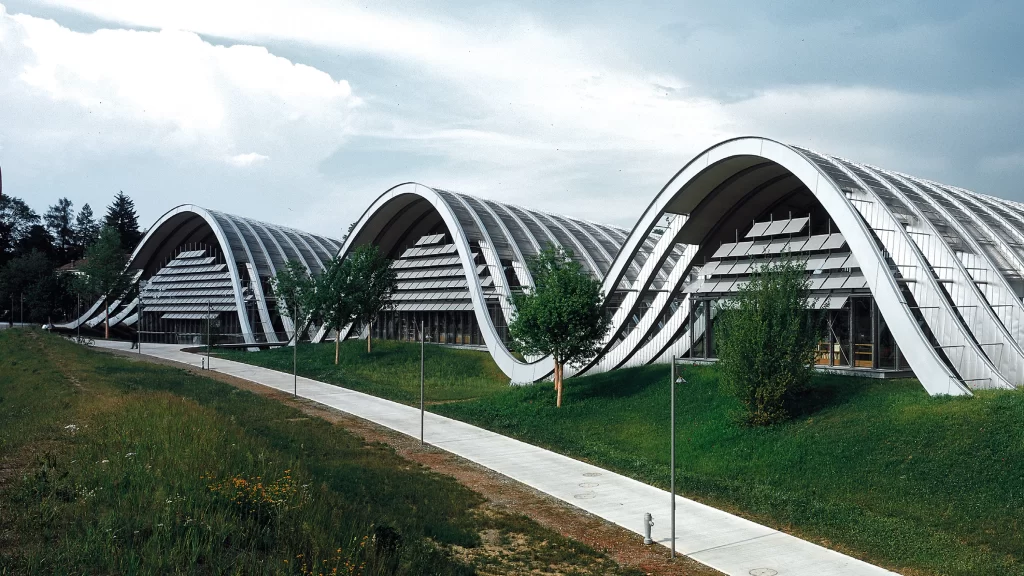
Santiago Calatrava
Santiago Calatrava Valls (1951) is a Spanish architect known for his buildings resembling living organisms. Although several critics have tried to pigeonhole his style, he doesn’t fit a single description. His buildings have a sculptural quality to them, enhanced by movement. Through movement, his works oscillate between the dimensional perspectives and play with light & shadow. A recurring feature in his works is the single-leaning pylons. Santiago Calatrava has designed the ‘Milwaukee Art Museum’ and ‘Turning Torso.’
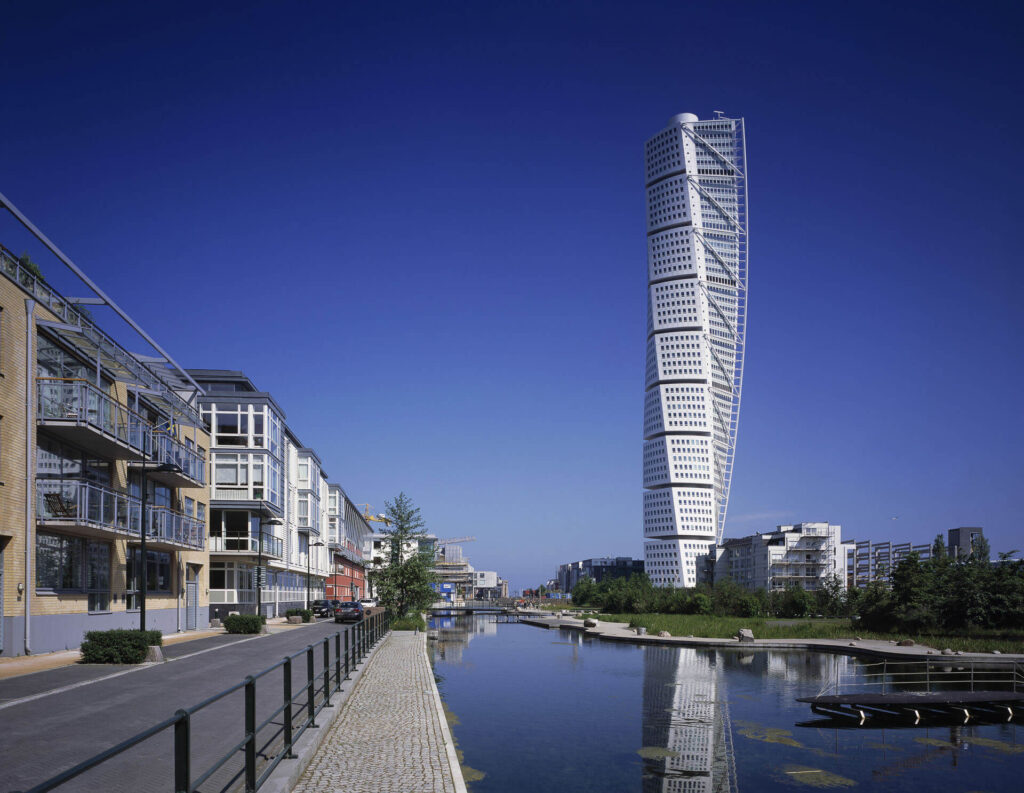
Philip Johnson
Philip Cortelyou Johnson (1906 – 2005) was an American architect who gained popularity due to his modern and postmodern buildings. His modernist buildings were simple and minimalist, albeit with theatrical presentations. He made extensive use of glass, which due to its reflective properties could enhance the buildings’ exterior drastically. Philip Johnson’s famous works include the ‘Williams Tower’ and ‘The Glass House.’

Rem Koolhaas
Remment Lucas Koolhaas (1944) is a Dutch architect who took inspiration from deconstructivism. His architectural style combines urban needs without compromising on the cultural contexts. His architecture solves urban congestion and is flexible, which paves the way for adaptive usage. Rem Koolhaas is known to combine several architectural styles and materials, hence his buildings defy categorisation. The critics, in unison, are enchanted by his magnificent works such as the ‘CCTV Headquarters’ and the ‘Golden Tower.’

Louis Sullivan
Louis Henry Sullivan (1856 – 1924) was an American architect fondly remembered as the ‘father of skyscrapers and modernism.’ He is attributed with coining the phrase “form follows function,” which refers to the fact that the visual form of the building is determined by functionality. Louis Sullivan’s skyscrapers are known for amalgamating geometric shapes in symmetry and ornamental foliage, akin to the art nouveau movement. He designed the famed ‘Getty Tomb’ and the ‘Pueblo Opera House.’
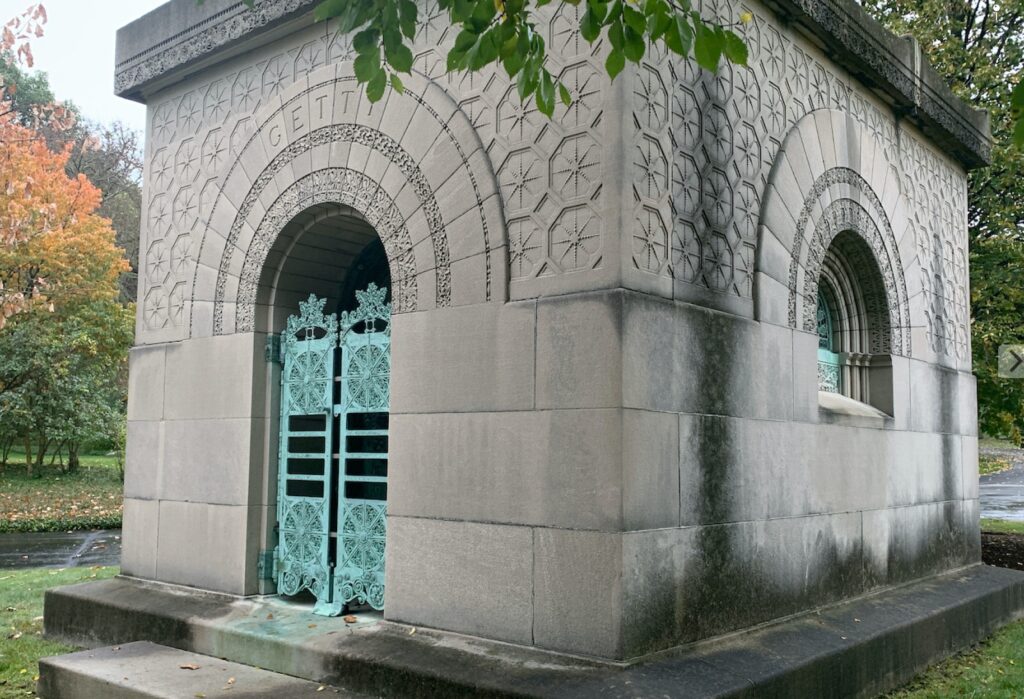
Eero Saarinen
Eero Saarinen (1910 – 1961) was a Finnish-American modernist architect obsessed with neo-futuristic style. He extensively used steel, glass, and concrete in his projects. He is known for his curvilinear & sculptural forms, glass cubist designs, and Art Deco style. Eero Saarinen’s famous architectural wonders include the ‘Trans World Flight Center’ and the ‘North Christian Church.’

Oscar Niemeyer
Oscar Neimeyer (1907 – 2012) was a Brazilian architect who found innovative ways to use reinforced concrete. His buildings often feature white concrete, sinuous curves, and primary colour to produce a modernist wonder. His projects boast expansive spaces, play of volumes, and exposed materials to create unconventional designs and buildings. Popular Oscar Niemeyer buildings include ‘Catedral Metropolitana Nossa Senhora Aparecida’ and ‘Palácio Itamaraty.’

Richard Rogers
Richard George Rogers (1933 – 2021) was a British-Italian architect, whose architectural style is often seen as structural expressionism. The exteriors of his building depicted the inner atmosphere. The pipes, steel beams, and other structural entities hidden within the concrete proudly made up Richard Roger’s building’s facades. These often evoked the imagery of the bareness of brutalist architecture. This ensured that the inside was spacious, and the outside aesthetically shocking. The ‘The Millennium Dome Millennium Way’ and the ‘The O2’ are some of his polarising projects.
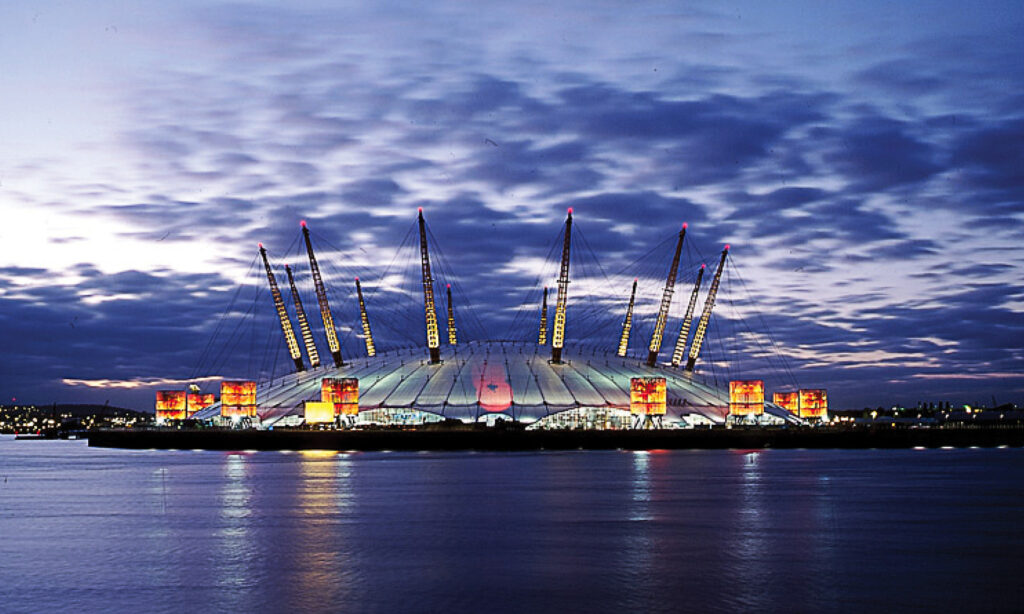
Antoni Gaudí
Antoni Gaudi i Cornet (1852 – 1926) was a Catalan architect who furthered Catalan modernism. Most of his buildings featured stained glass, ceramics, wrought ironwork, and exquisite carpentry. He was influenced by art and architecture from around the world, which helped him curate his unique visual language. He thoroughly studied organic and unconventional natural forms, which he replicated in his projects. Antoni Gaudi is best known for the ‘Basílica i Temple Expiatori de la Sagrada Família’ and the ‘The Cathedral of the Holy Cross’
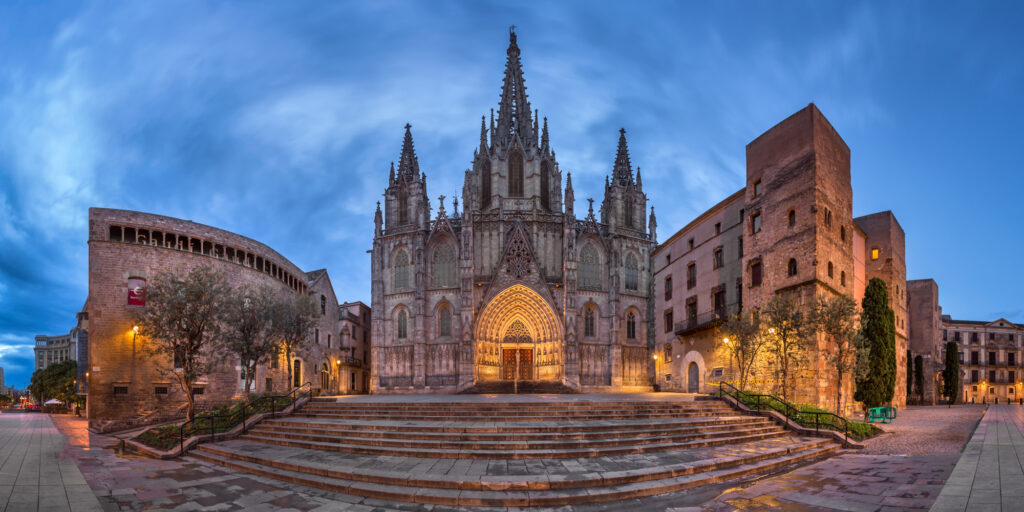
Jeanne Gang
Jeanne Gang (1964) is an American architect known for using recyclable materials in her buildings to promote sustainable design. She is renowned for her innovative materials through which she brings together the community and the building. Jeanne Gang’s aesthetic buildings take care of the cultural context whilst still standing as a modern marvel. Her ‘Aqua Tower’ was the tallest building designed by a woman. She also designed the ‘Bengt Sjostrom Theatre’ — a community theatre.
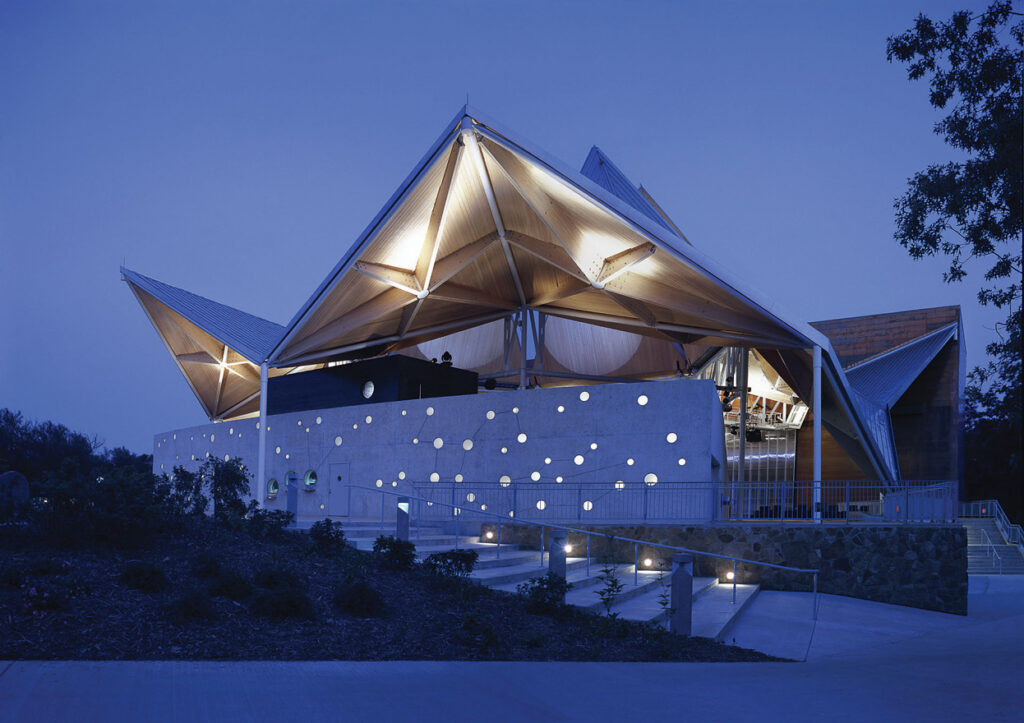
Rafael Moneo
José Rafael Moneo Vallés (1937) is a Spanish architect, who combines aesthetics with functionality. His buildings are often spacious, encased within clean lines and angles which are arranged in a grid or parallel formation. He fuses the architectural styles of the 70s and 80s with the traditional Nordic style and materials. Rafael Moneo is best known for ‘Museo Nacional del Prado’ and ‘Estación de Atocha.’
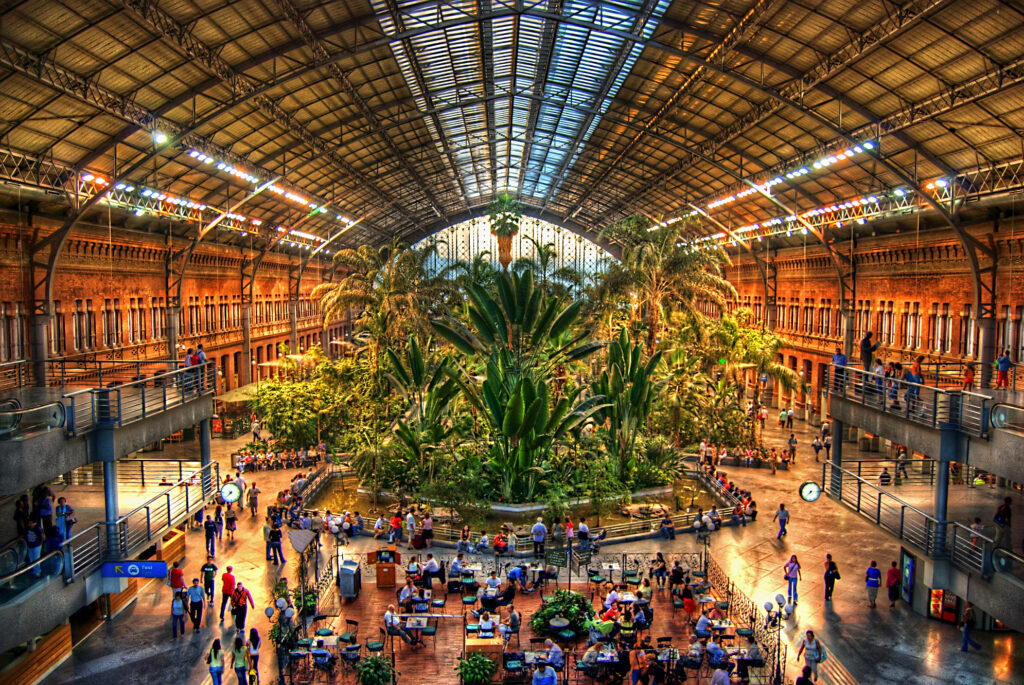
Image Courtesy – Pastimers via YouTube

